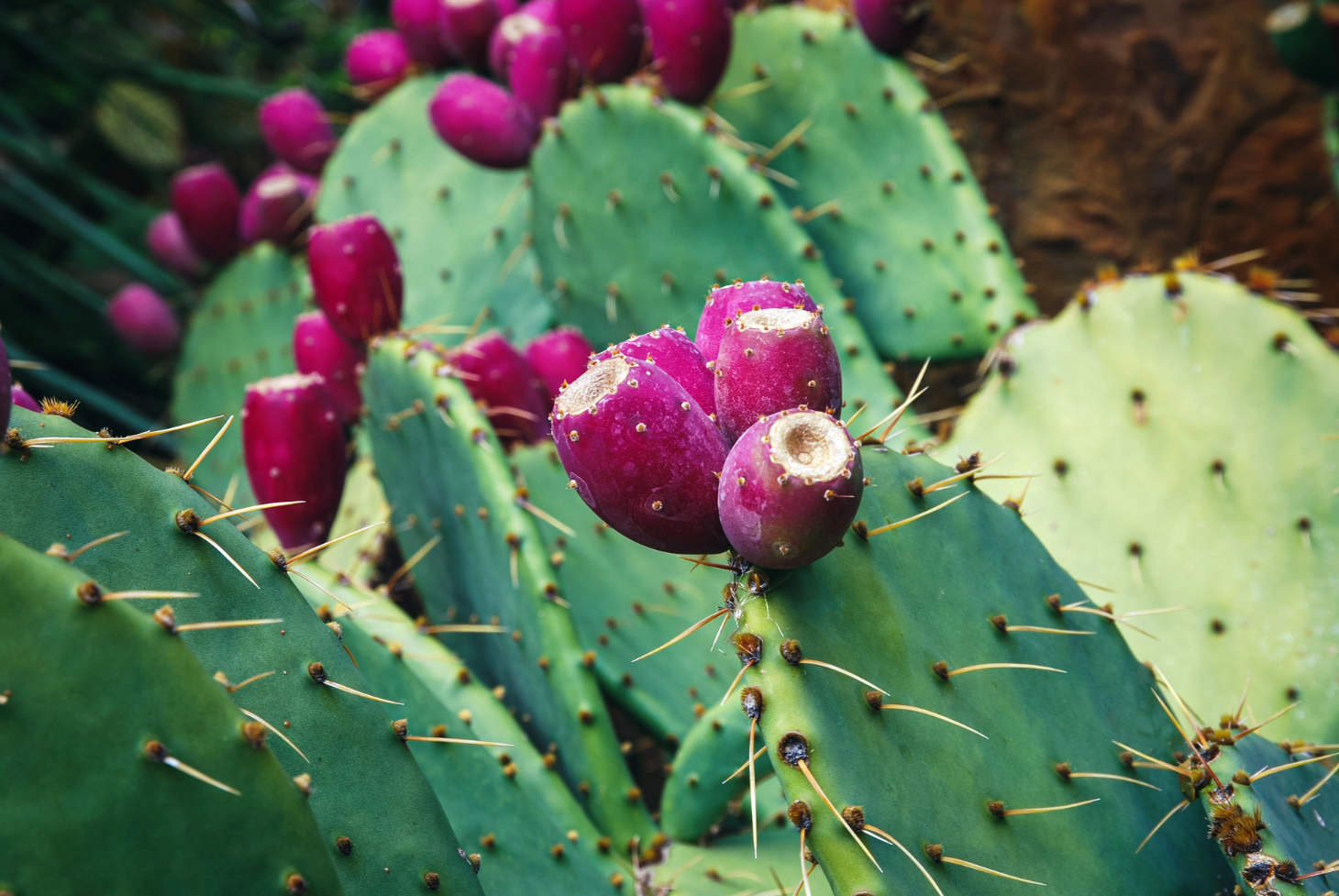Why Are Cactus Prickly?
Cactus plants are famous for their prickly surfaces, but those sharp spines do much more than just stand out in the desert. Cactus spines protect the plant from animals and help reduce water loss in hot, dry places. These prickly features are actually modified leaves that have changed shape to help cacti survive in tough conditions.
When you look at different kinds of cacti, you’ll notice not all spines are the same. Some are long and sharp, while others are fine and hair-like. Each type of spine is an adaptation that helps the cactus survive where it grows, keeping the plant safe and healthy.
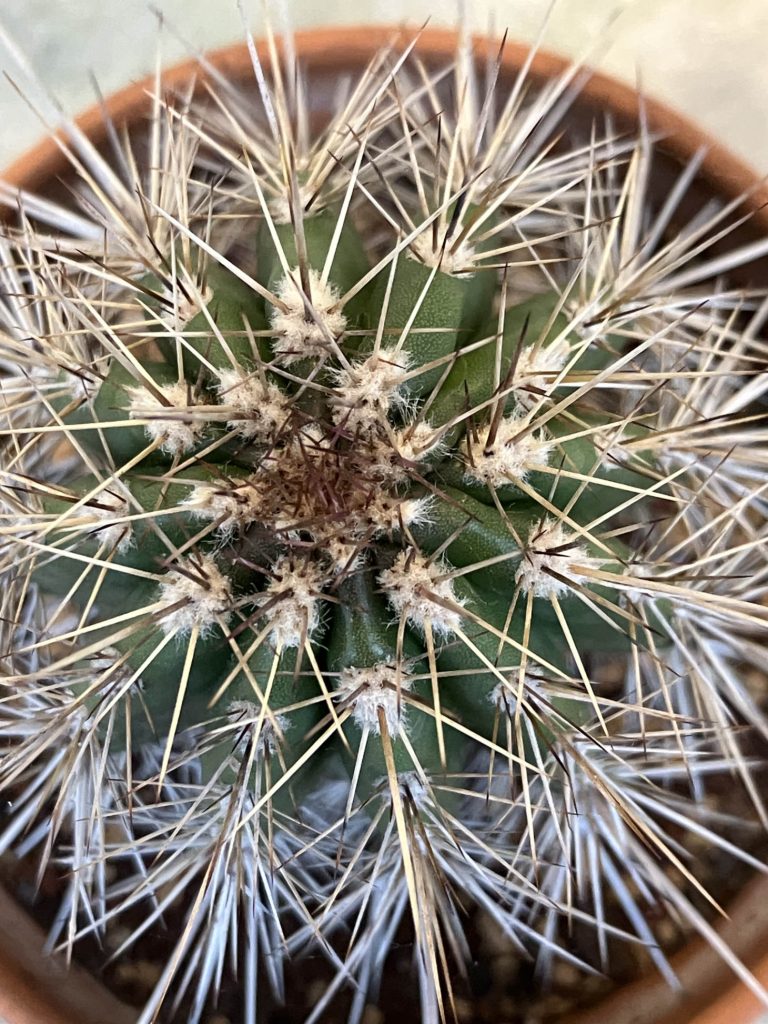
Key Takeaways
- Cacti are covered in spines to protect themselves and save water.
- The spines are actually special types of leaves.
- Different spines help cacti adapt to their environment.
Why Cacti Have Spines
Cactus spines play a big role in how cacti survive in tough desert environments. Spines help protect these plants from danger, conserve water, and help protect the cactus from hot sunlight.
Defensive Functions of Cactus Spines
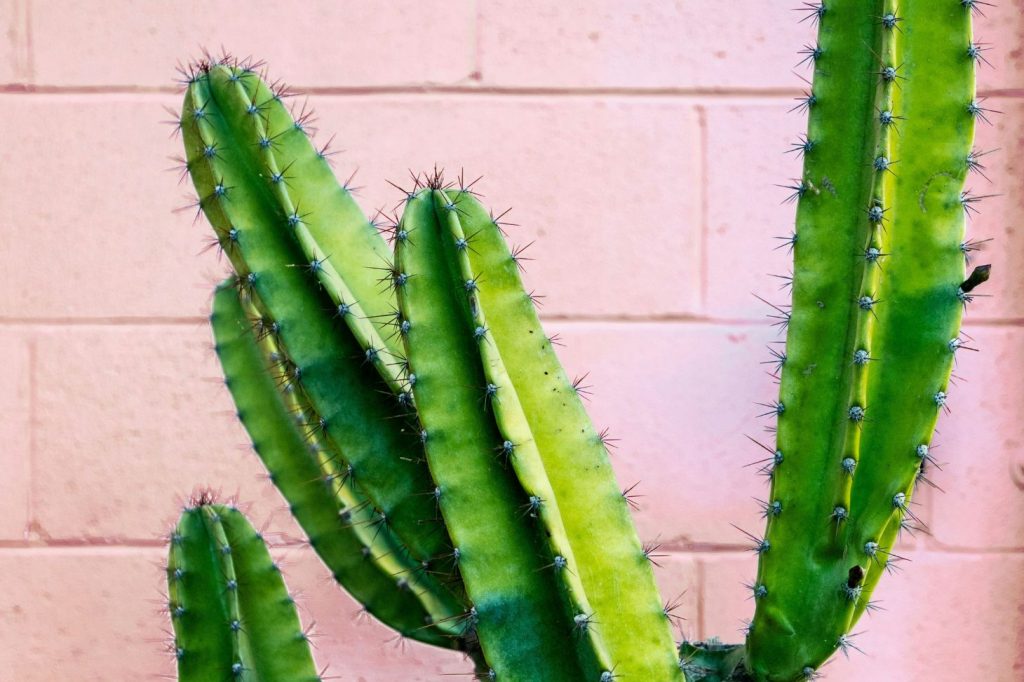
Cactus spines work like nature’s armor. They help keep animals and insects from eating the fleshy parts of the cactus. Many animals want to get water from cacti, especially when water is hard to find.
The sharp spines of the cactaceae family make it painful or even dangerous for animals to bite into the plant. This keeps your cactus safe from most herbivores. Some species have especially dense clusters of spines, making it even harder for animals to reach the stem.
Spines are not just for large animals. Even small insects can be kept away by closely packed spines. This physical barrier can help protect cacti from pests and sudden attacks.
Water Conservation and Microclimate Creation
One of the main reasons cactus spines exist is to help your plant save water. The spines slow down air movement around the stem. This helps reduce how fast water escapes the plant in the heat.
Cacti in deserts often face dry, windy conditions. Spines can trap a layer of moist air close to the surface, making a microclimate around the cactus. This cooler, less windy space lowers water loss.
Certain types of cactaceae have spines that catch morning dew. The droplets then move down to the base of the plant, bringing extra moisture to the roots.
You will also notice that the shapes and sizes of spines differ across cacti. Some have thin, hair-like spines, while others have thick, long ones. Each shape helps in holding onto a bit more moisture.
Protection From Sunlight Exposure
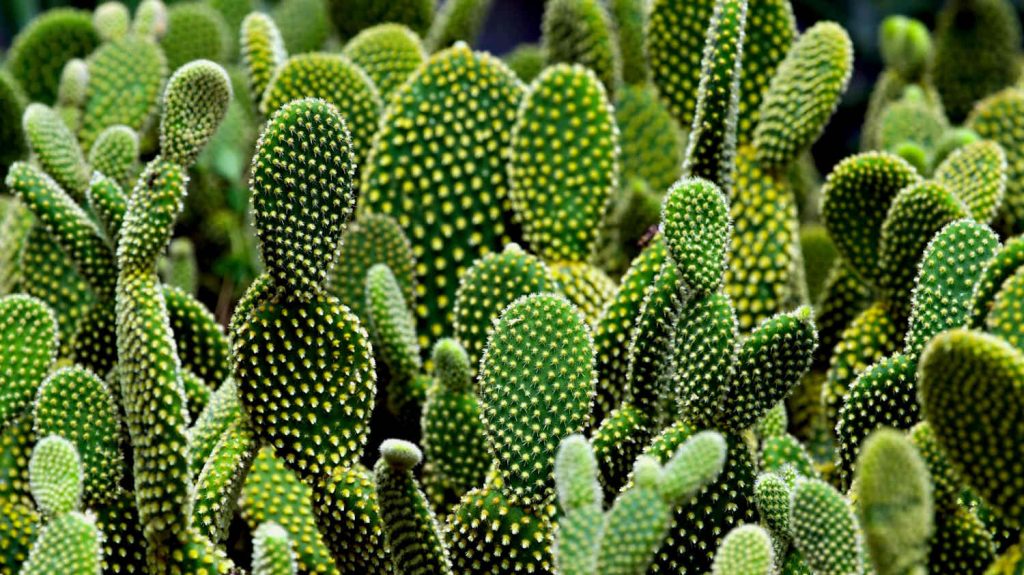
Cactus spines also protect your plant from strong sunlight. Deserts have very bright, harsh sun that can burn the surface of the stem. Spines provide shade and reduce direct sunlight on the cactus.
Some spines are light-colored or even white. These spines reflect sunlight, keeping the cactus cooler during the hottest parts of the day.
If you look closely, many cacti have spines arranged to cover most of their surface. This pattern gives shade and helps block UV rays. It can prevent sunburn on the cactus stem.
The dense cluster of spines makes a big difference in how much sunlight reaches the plant. By shading themselves, cacti use their spines to keep photosynthesis going without risking too much water loss or heat damage.
Types of Prickly Cacti and Their Adaptations
Many types of cactus have developed sharp protections to help them survive. These features are not just for defense; they also help the plant handle dry and hot environments.
Prickly Pear and Glochids
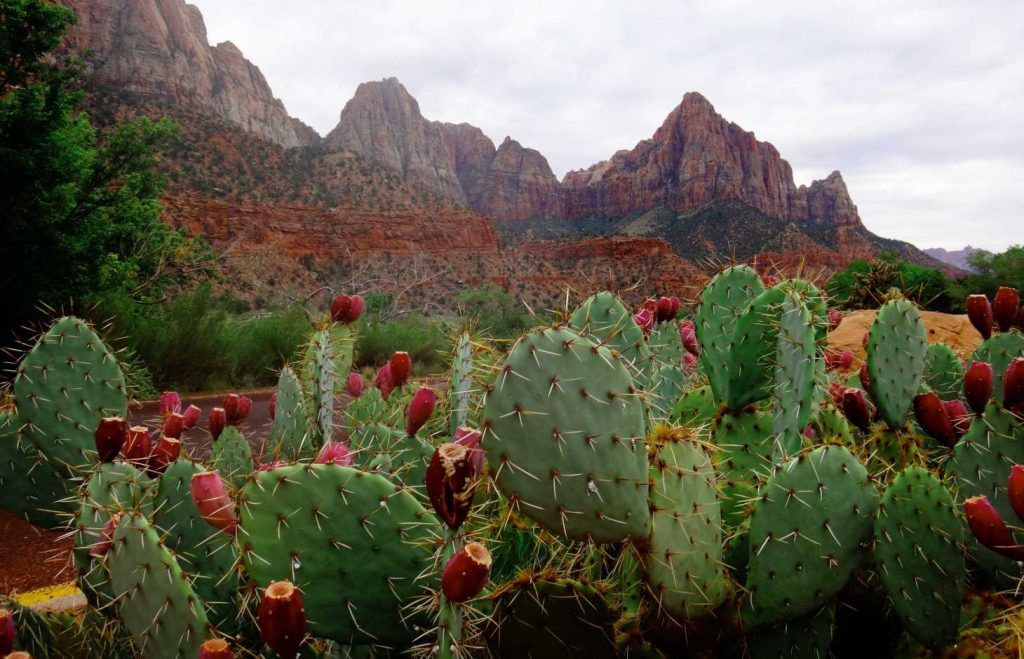
Prickly pear, also known as Opuntia, is a common cactus with flat, oval pads called cladodes. These pads are covered in two main kinds of spines: long, sharp spines and tiny hairs called glochids. Glochids are barbed and can stick to your skin easily, causing irritation.
The spines protect the plant from animals that might eat it. Glochids are especially hard to remove and add an extra layer of defense. In dry places, their pads store water, making Opuntia a type of cactus. Some species, like Opuntia engelmannii, are widely found in deserts of North America.
Cholla and Its Unique Spines
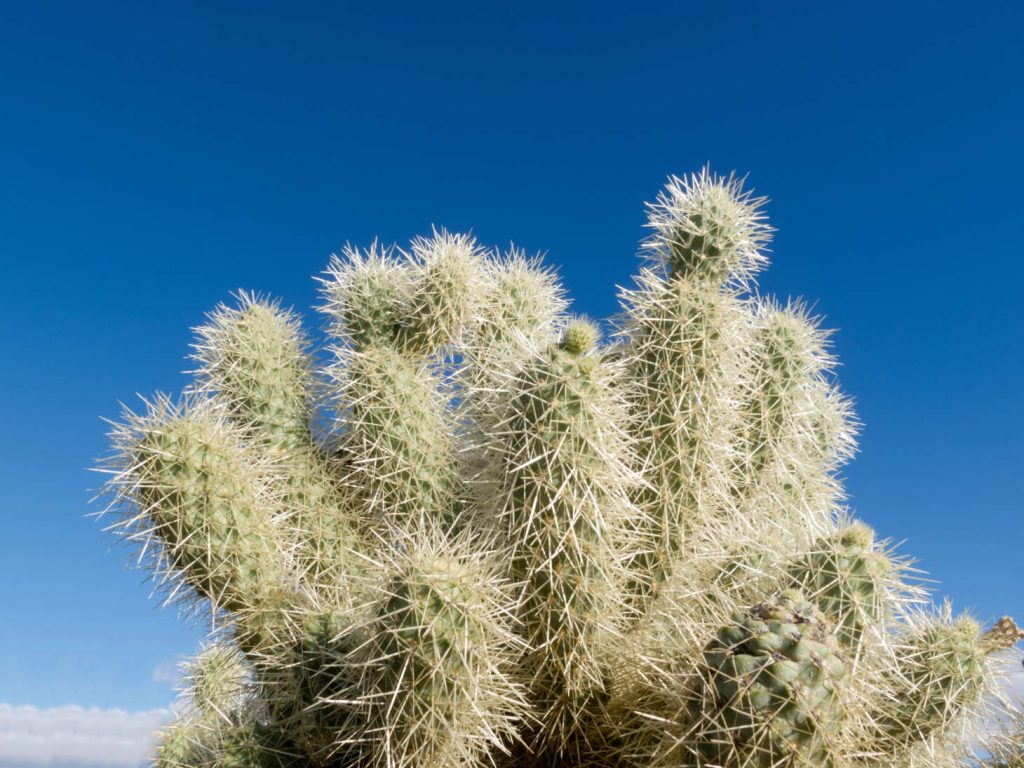
Cholla cacti are part of the same family, Cactaceae, but their spines are different from those of prickly pear. Cholla spines are jointed and often have barbs that make them stick firmly to whatever touches them. This helps keep away animals and people.
Jumping chollas have segments that break off and stick to anything passing by. This not only spreads the plant but also gives extra protection. The dense covering of spines creates shade, which keeps the stem cool and slows water loss.
You can recognize cholla by their cylindrical stems and easily detached joints. These features are especially helpful for life in arid areas.
Diversity Within the Cactaceae Family
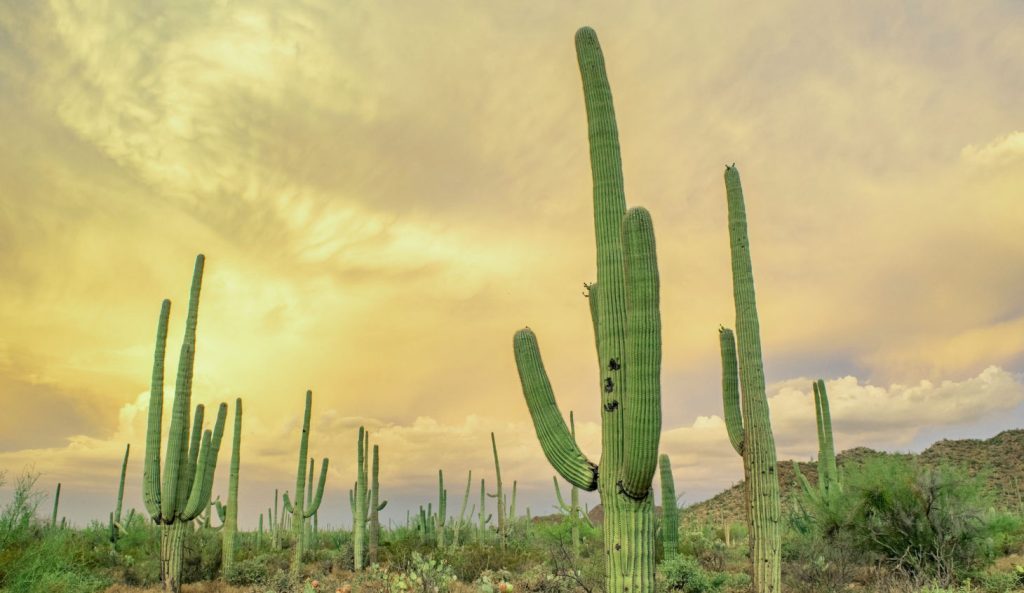
The Cactaceae family is large and includes many different shapes and sizes. Some, like saguaro, have long, stout spines, while barrel cacti have thick, hooked spines. Each type uses spines for a mix of defense and survival.
Spines on cacti can form dense clusters or spread out over the plant’s surface. Their size, shape, and sharpness depend on the species and where it lives. All cacti are succulents, storing water in thick stems to last through dry seasons.
Adaptations like spines, water storage, and skin coatings all help cacti survive in hot, dry climates. The variety of spine types and arrangements in the Cactaceae family shows how these plants have evolved to face many challenges.

